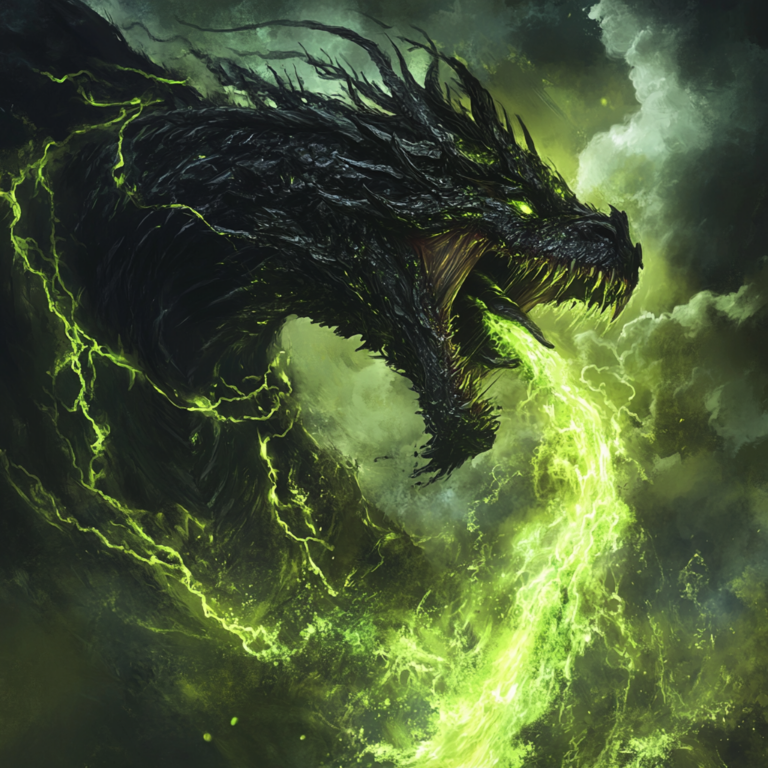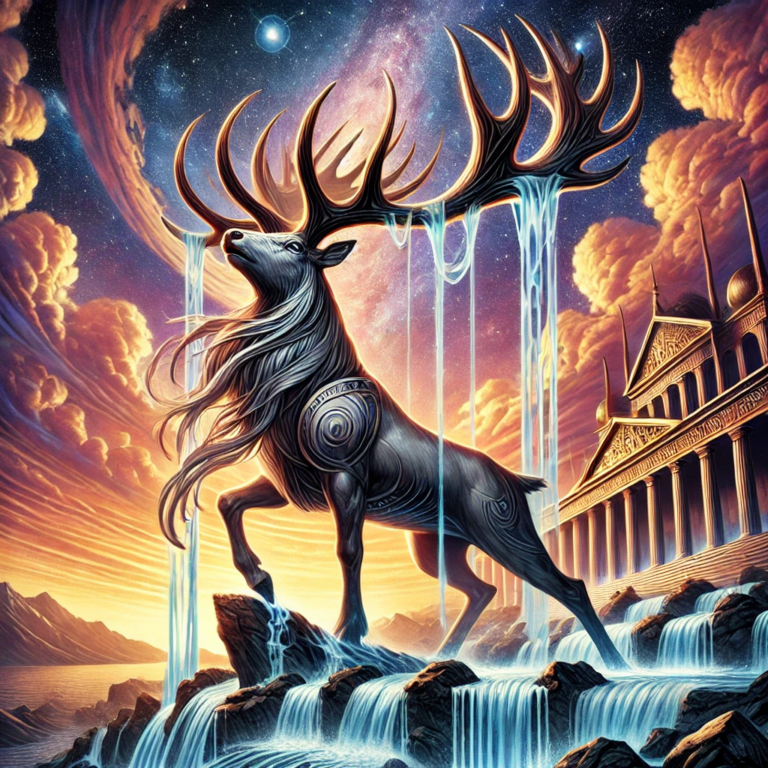
Fenrir
Fenrir is a pivotal figure in Norse mythology, often described as a monstrous wolf. He is one of the most fearsome and significant creatures in the mythology, and his story is deeply intertwined with the gods and the events of Ragnarök, the prophesied end of the world.





